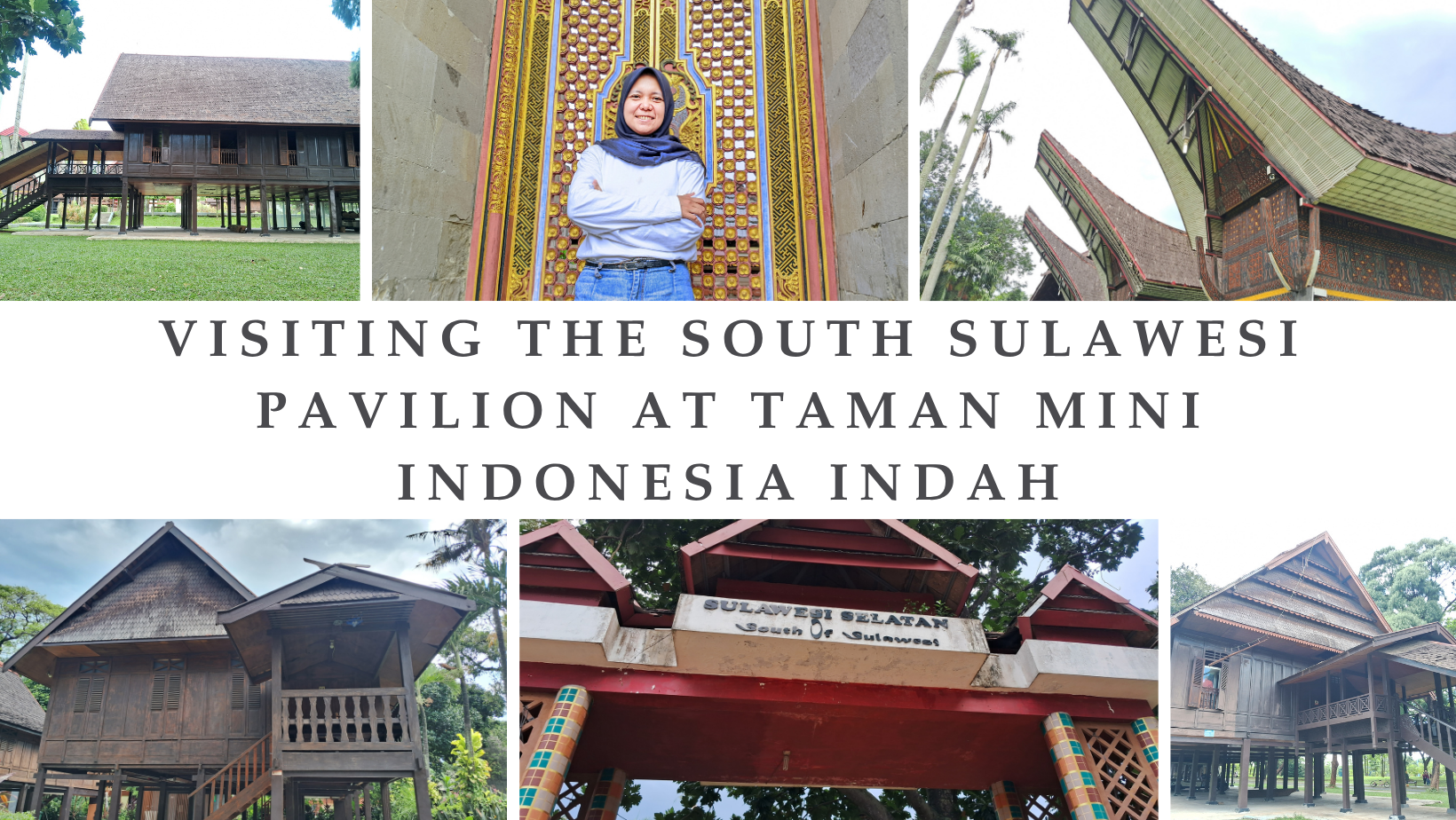
Hello everyone, how are you? I'm Arak, are you all well? Yes, I recently visited a place called the South Sulawesi Pavilion in Taman Uni Indonesia Indah (Beautiful Indonesia University Park). South Sulawesi is famous for its diverse cuisine, from green bananas to coto Makassar (Makassarnese soup), kontro soup, and so on. The food is unique and delicious.
So, that's a brief introduction to South Sulawesi. South Sulawesi is home to three ethnic groups: the Bugis, Makassar, and Toraja. This pavilion features three traditional houses: the Tongkonan house of the Toraja, the Bala lompoa house of the Makassar, and the Bola house of the Bugis.
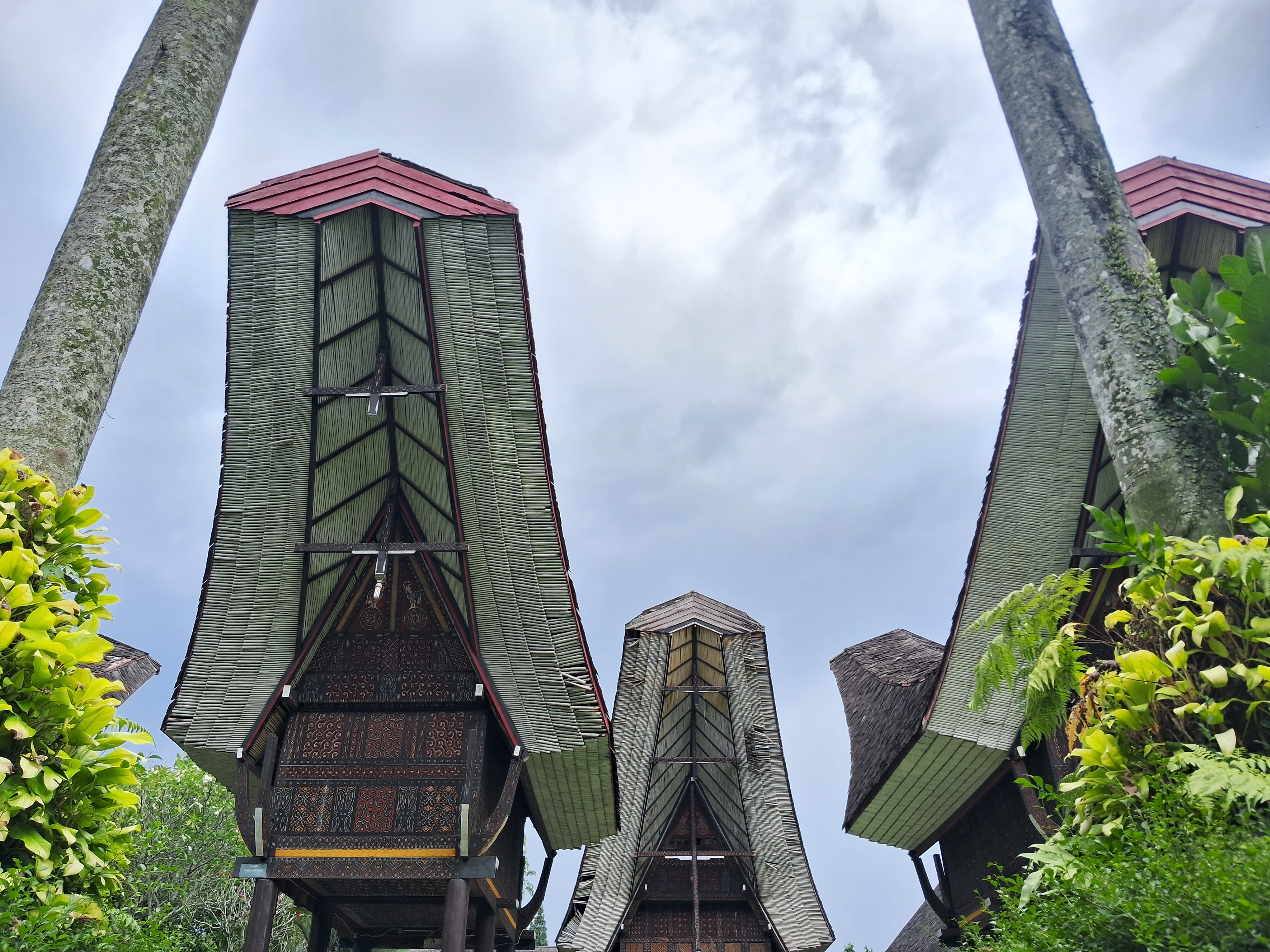
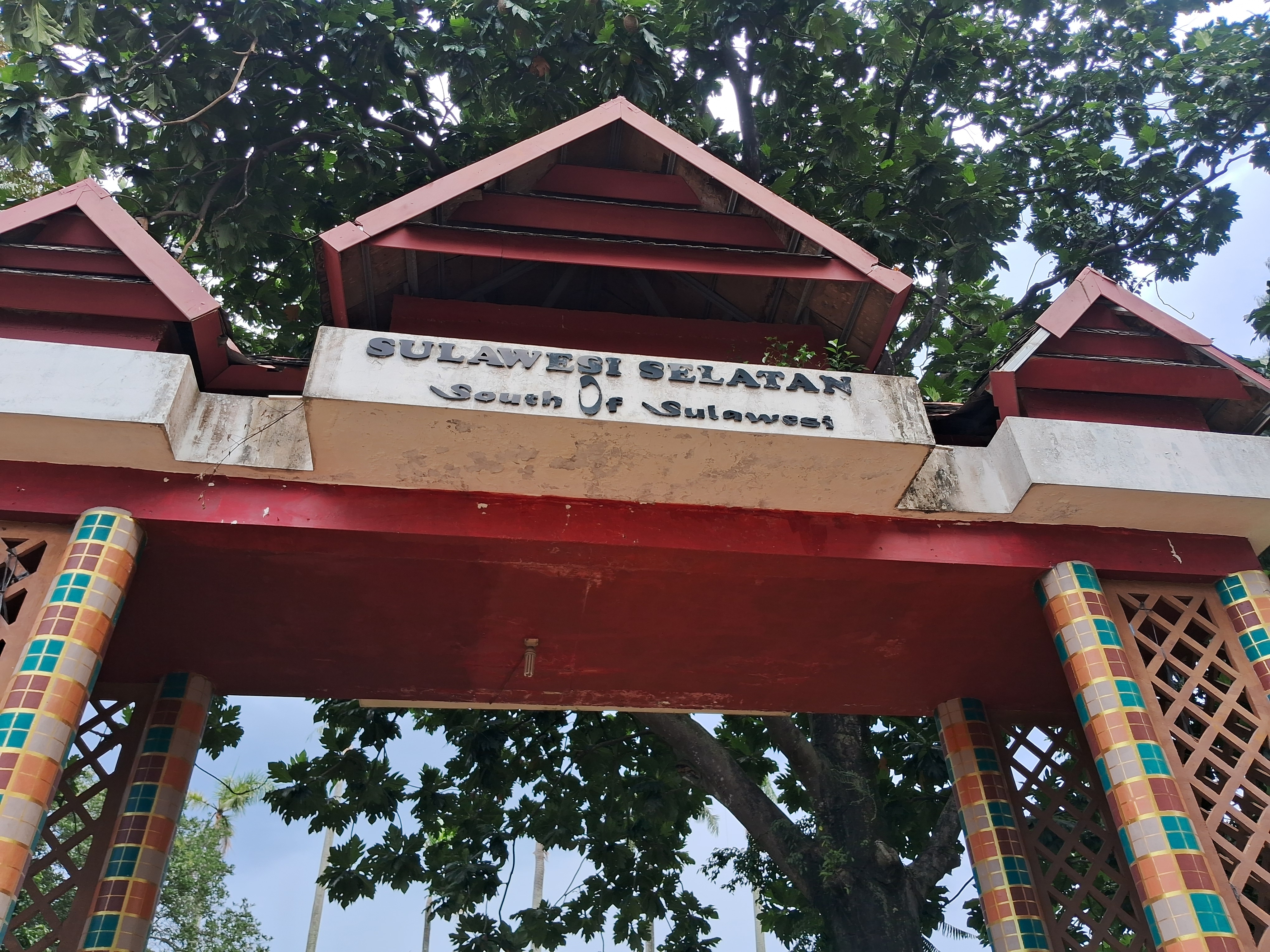
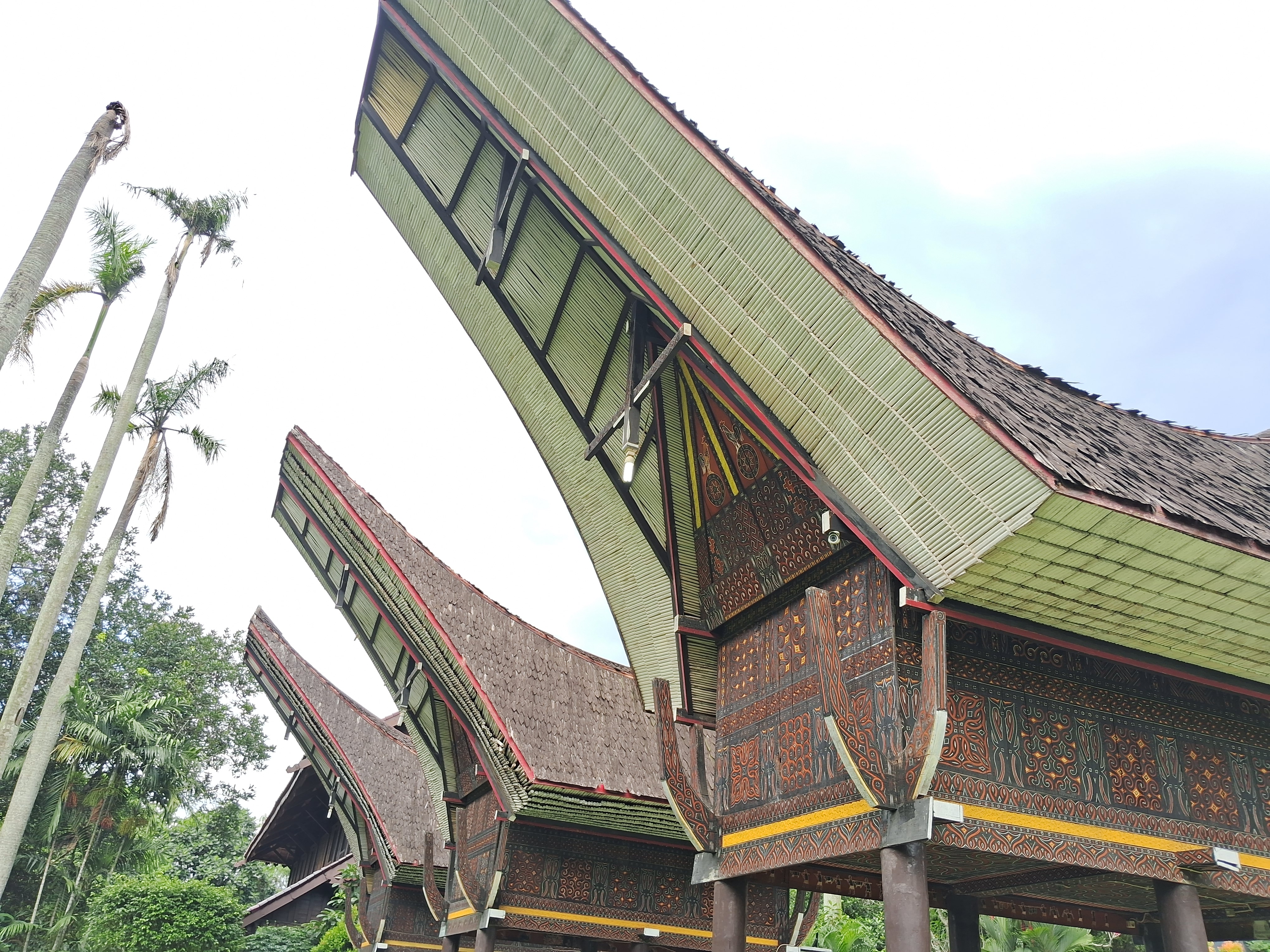
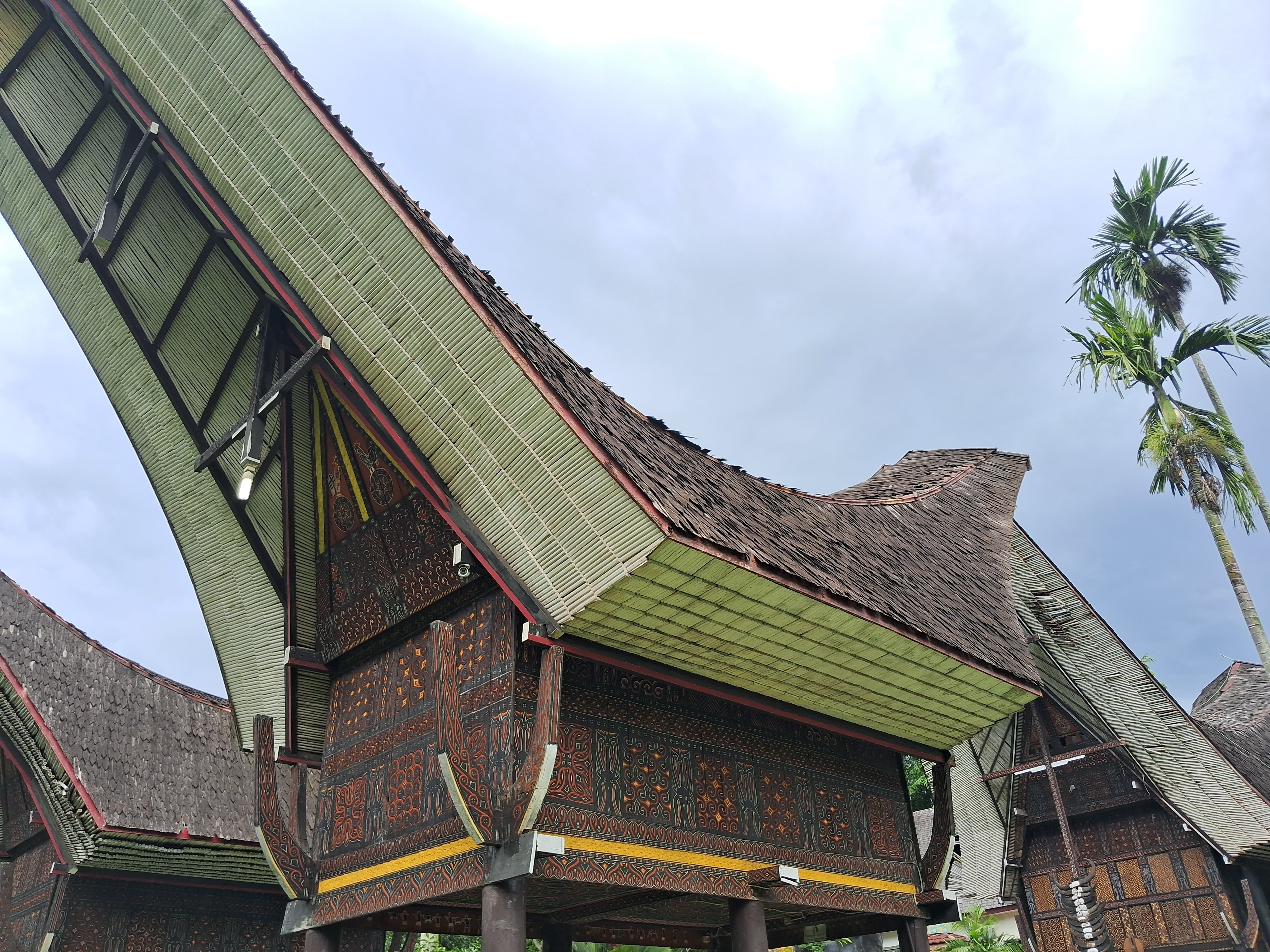
Picture by Nurdiani Latifah
In the Bugis-Makassar area, there are houses of aristocrats whose details differ from those of ordinary people. Inside, there's a rangrak keang (Bugis or Bugis) or what's called pemakang (Makassarese) that stores heirlooms, rice, and other food supplies.
Meanwhile, there's also the Kalle Bala, which consists of a living room, bedroom, and dining area, as well as a light sandpit for raising livestock and storing agricultural tools. There's also a display of forest hunting. In South Sulawesi, some people are still renowned for hunting.
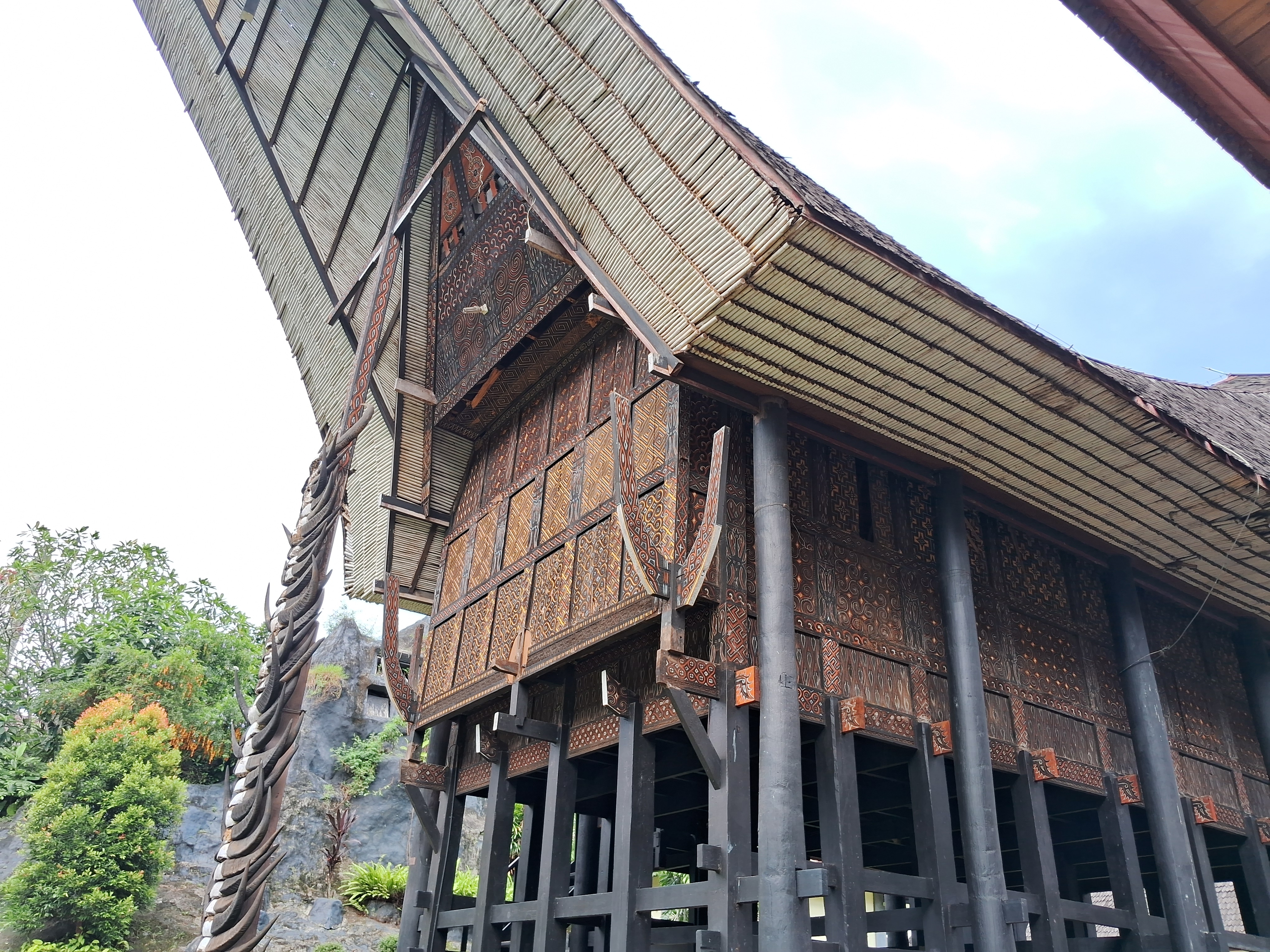
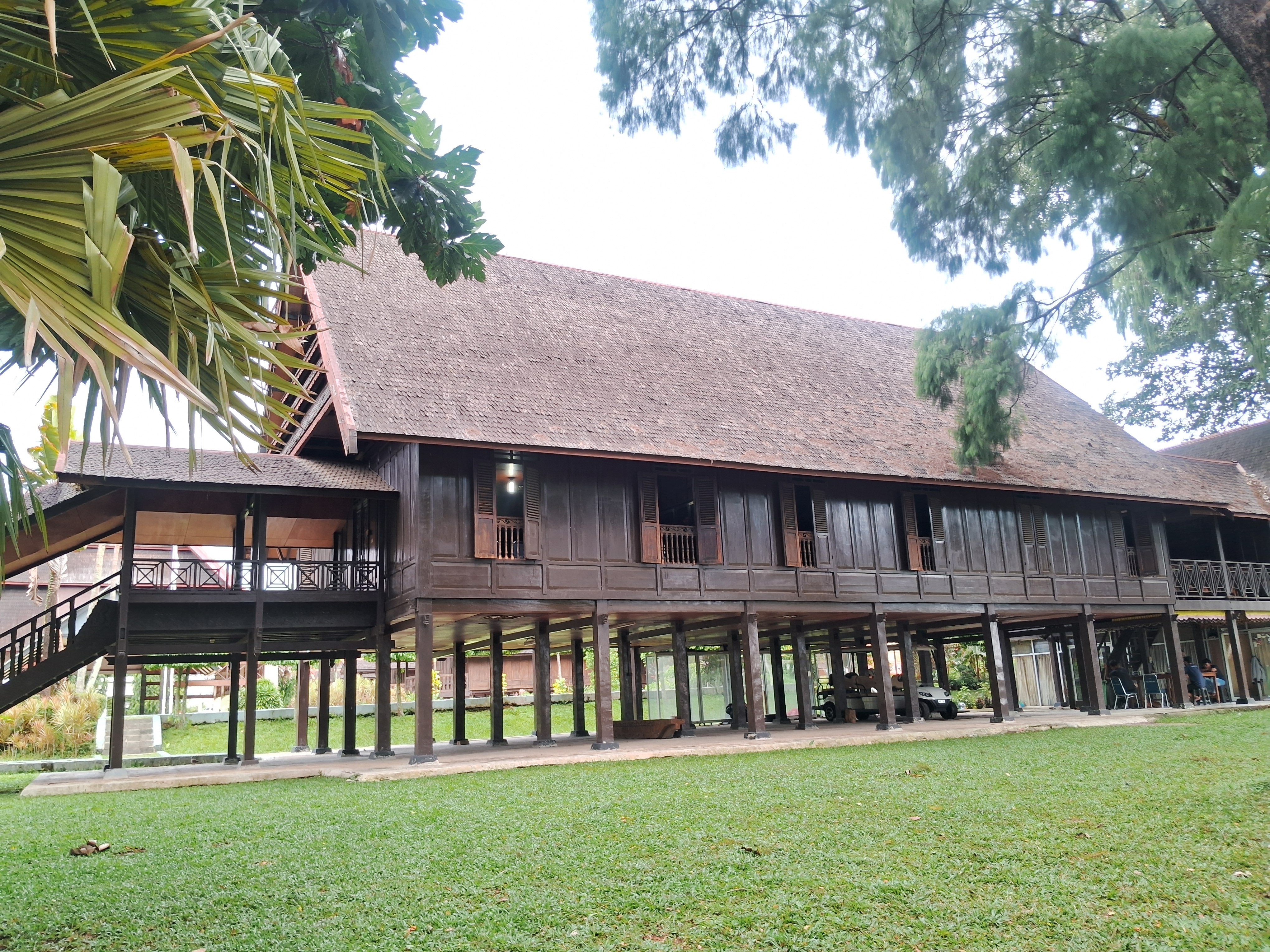


Picture by Nurdiani Latifah
This traditional Torajan house faces north with a roof shaped like a wangka or Bugis boat decorated with carvings in red, white, yellow, and black. Furthermore, this Torajan house features buffalo horns in front of the house, symbolizing the number of homeowners who held traditional funerals.
Have you ever wondered why buffalo horns? This traditional house is very unique and has become very popular in the Sulawesi Sultanate. For the Torajan people, the buffalo is a magical creature, revered as a vehicle for the spirit to travel to the afterlife, making its role in funeral ceremonies a priceless symbol.
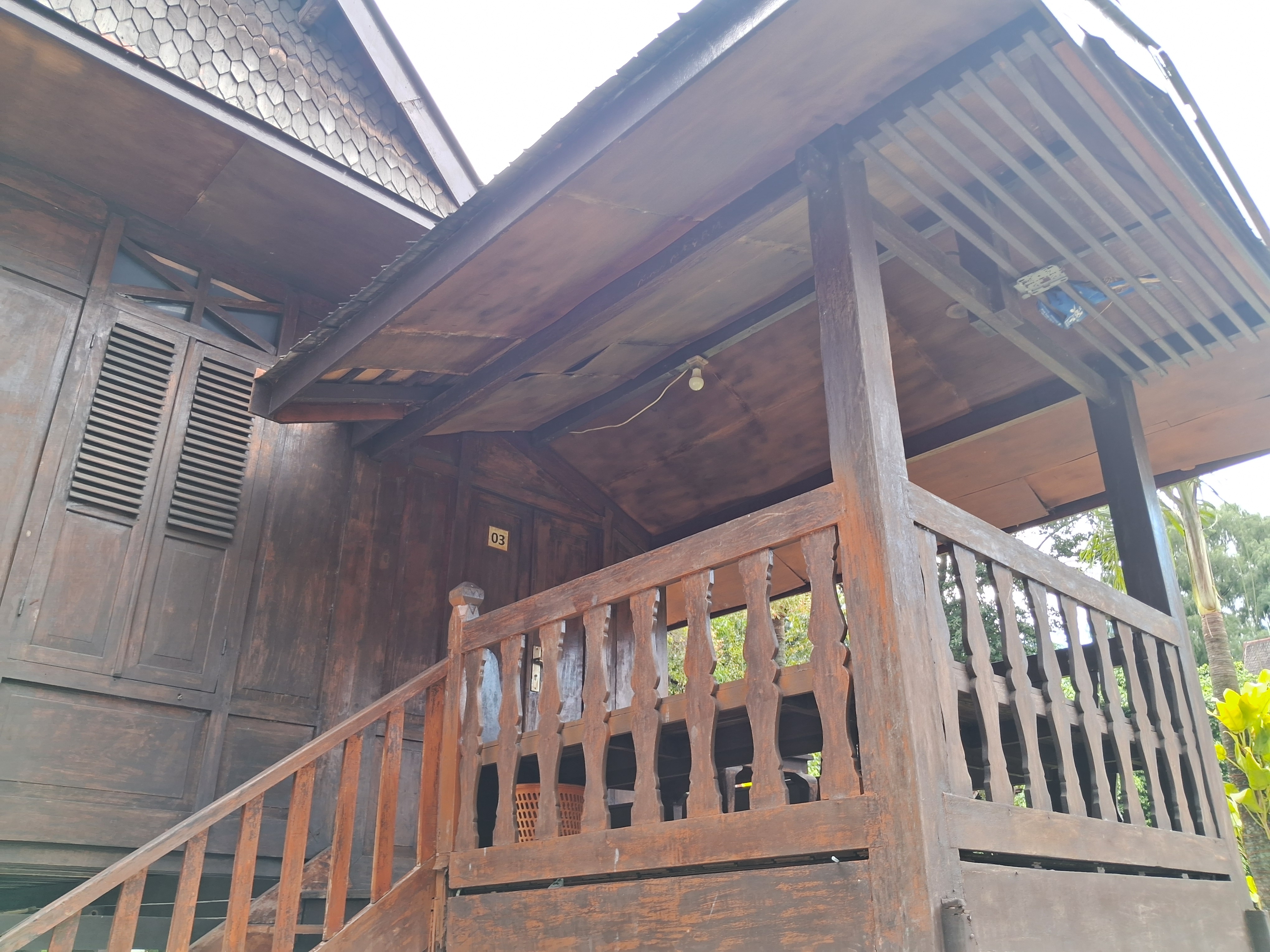
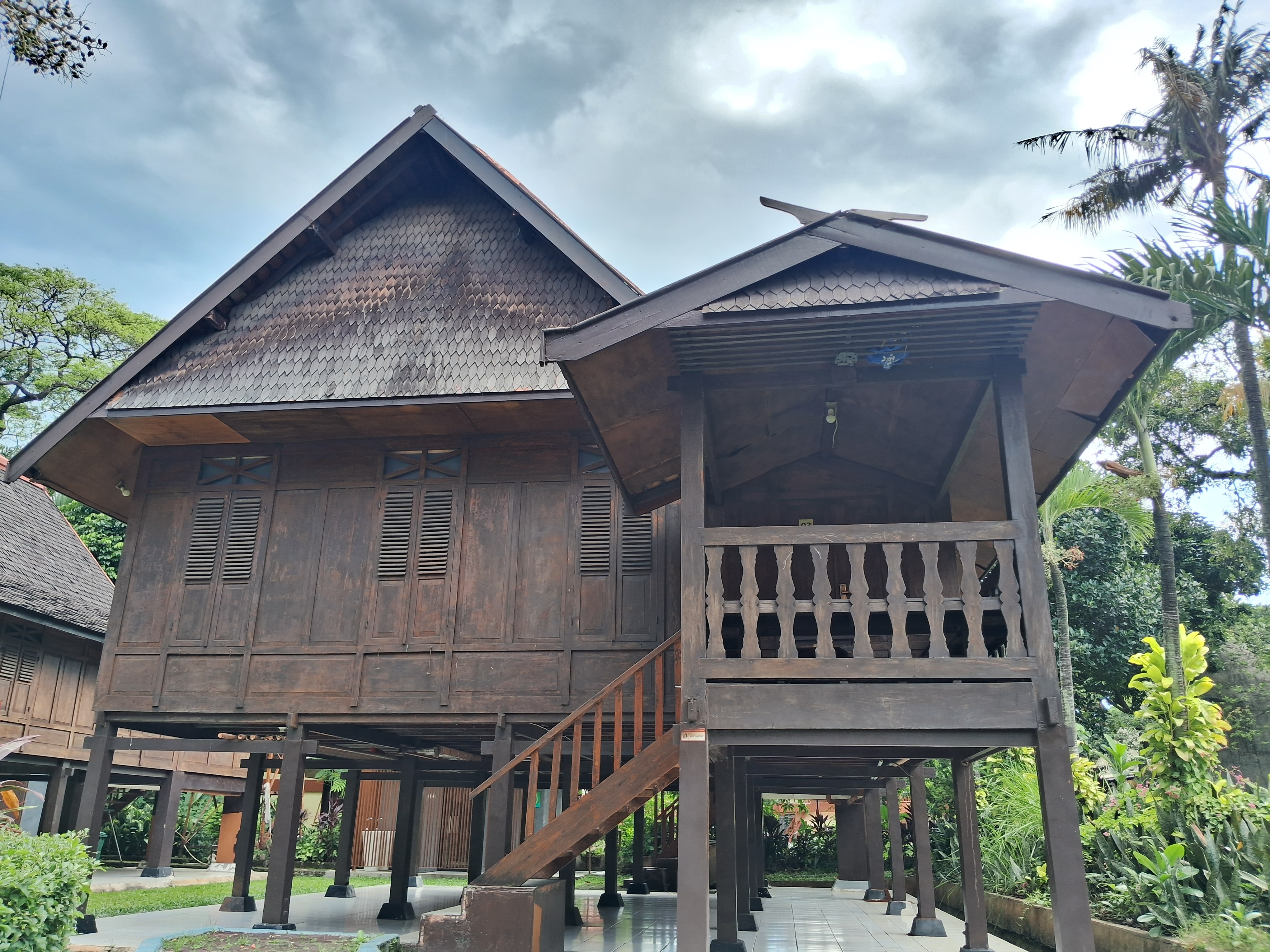
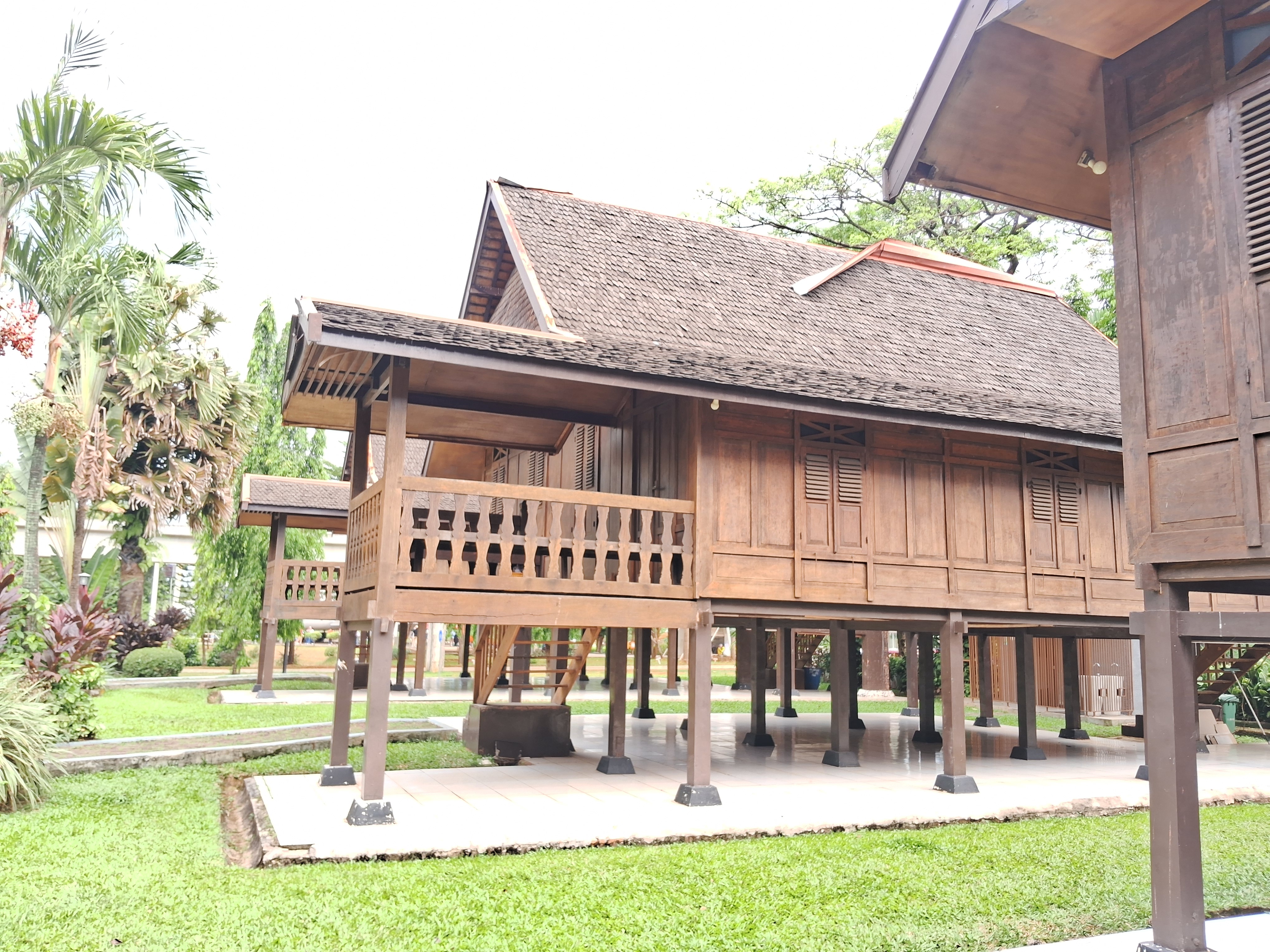
Picture by Nurdiani Latifah
Torajan funeral ceremonies are more expensive than wedding ceremonies, and this is reflected in the front of the house. Furthermore, the front features three buffalo heads, a symbol of nobility, while a row of carved rice barns in front of the house demonstrates the owner's wealth.
Architecturally, the Torajan traditional house is made of wood with a distinctive design, consisting of a lower, upper, and middle structure. It is also unique in that it uses no nails and features carvings that symbolize social status. Once a residence and center of cultural and religious activities, it is now more often used for traditional ceremonies.
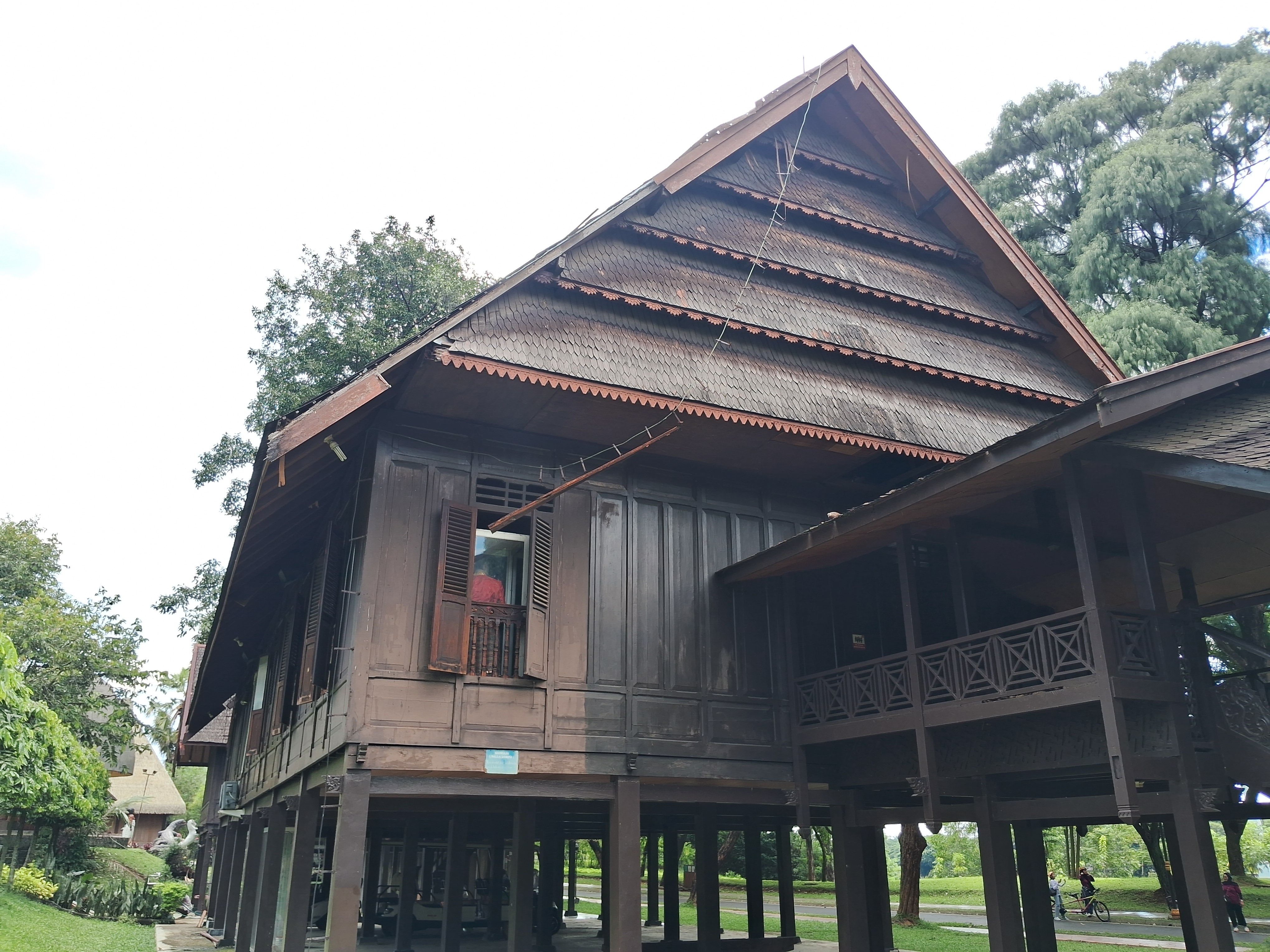
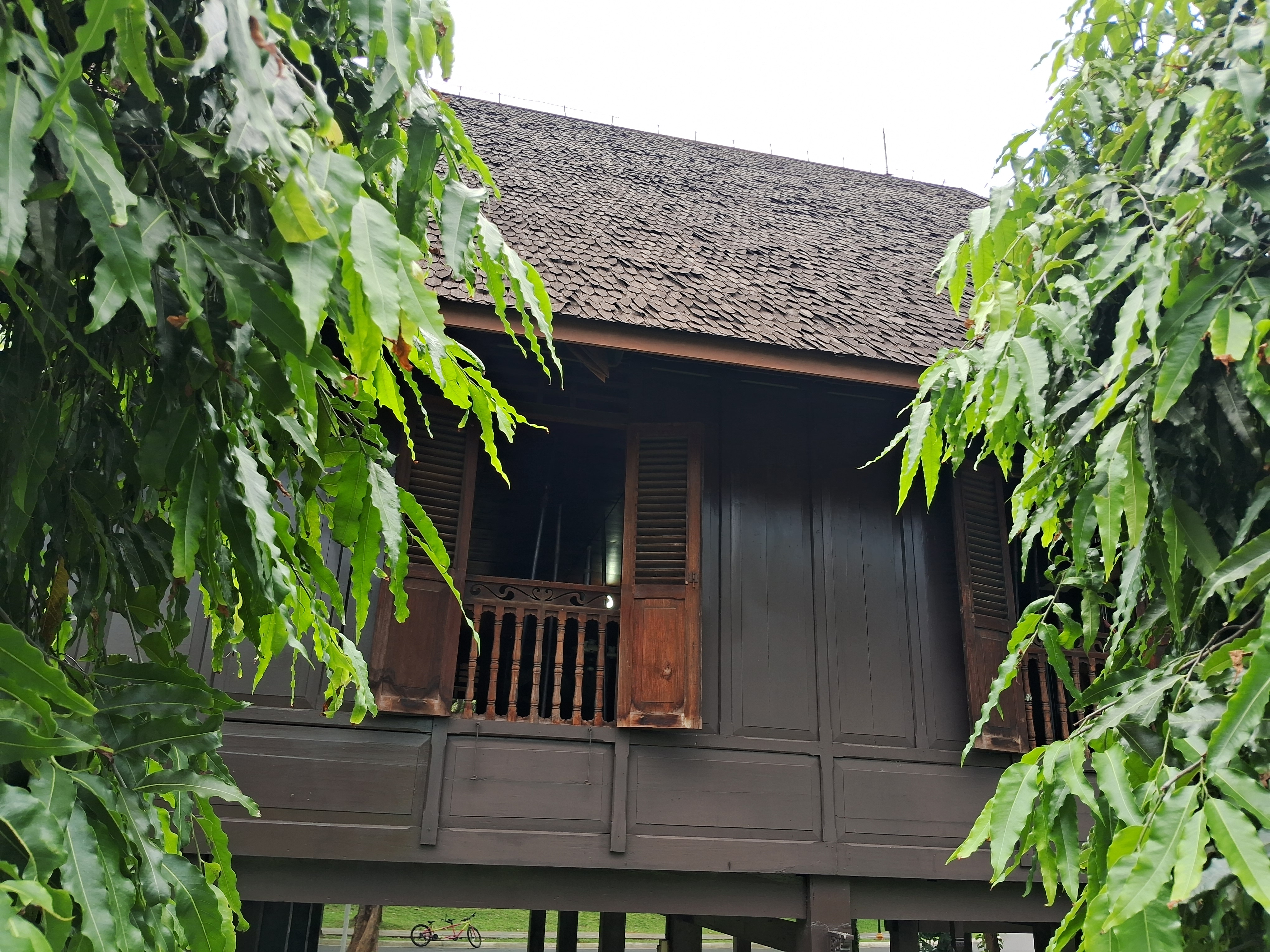
Picture by Nurdiani Latifah
Meanwhile, the traditional Makassar house, or Bala Lompoa, features a stilt house with a triangular roof called Timbaksela. The arrangement of the Timbaksela indicates the owner's social status. The higher the arrangement, the higher the nobility.
Actually, there are other ethnic groups in South Sulawesi. However, this pavilion only depicts three traditional houses. What do you think? Is this place interesting? That's all I can tell you. See you in another story.

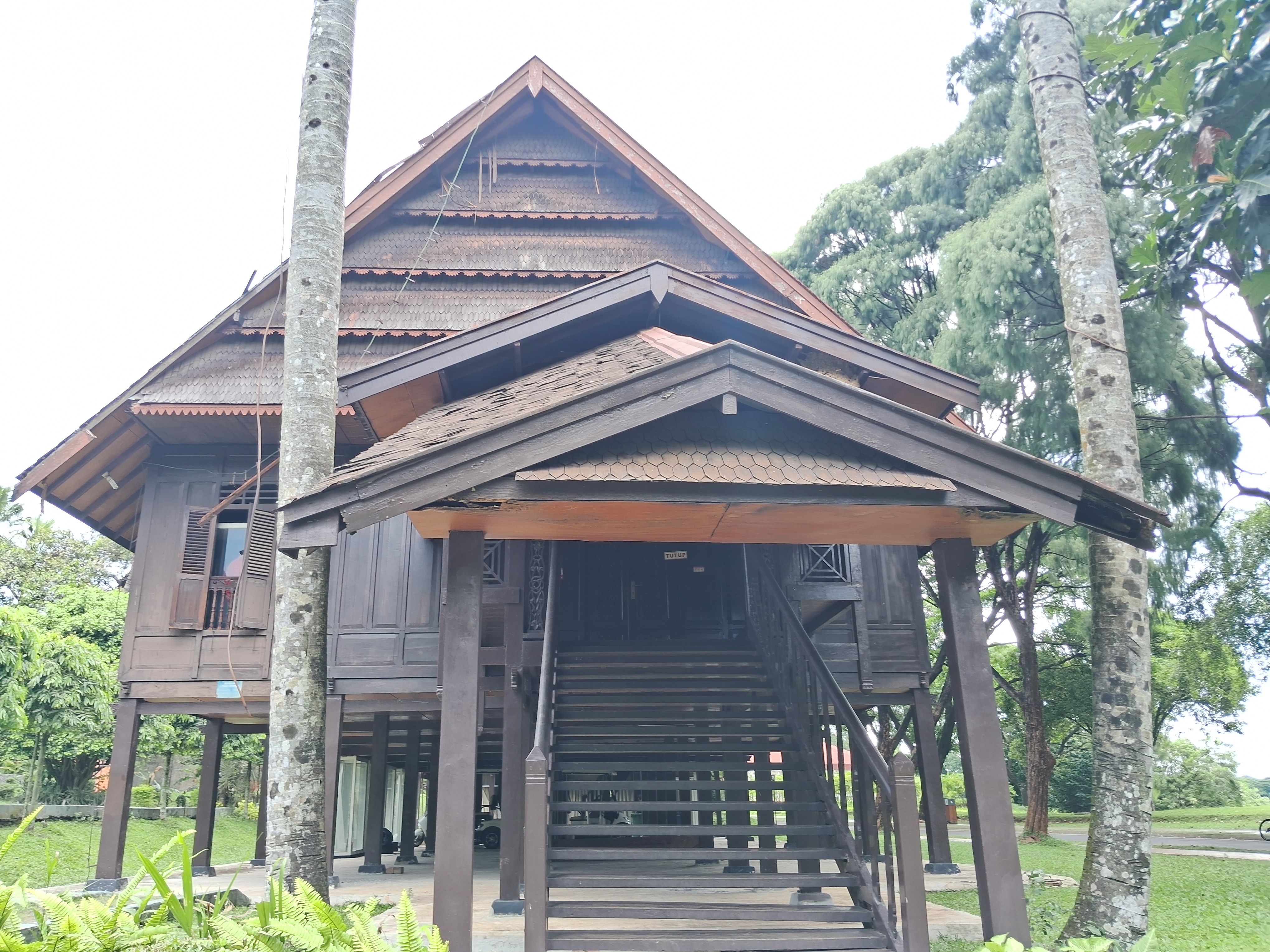
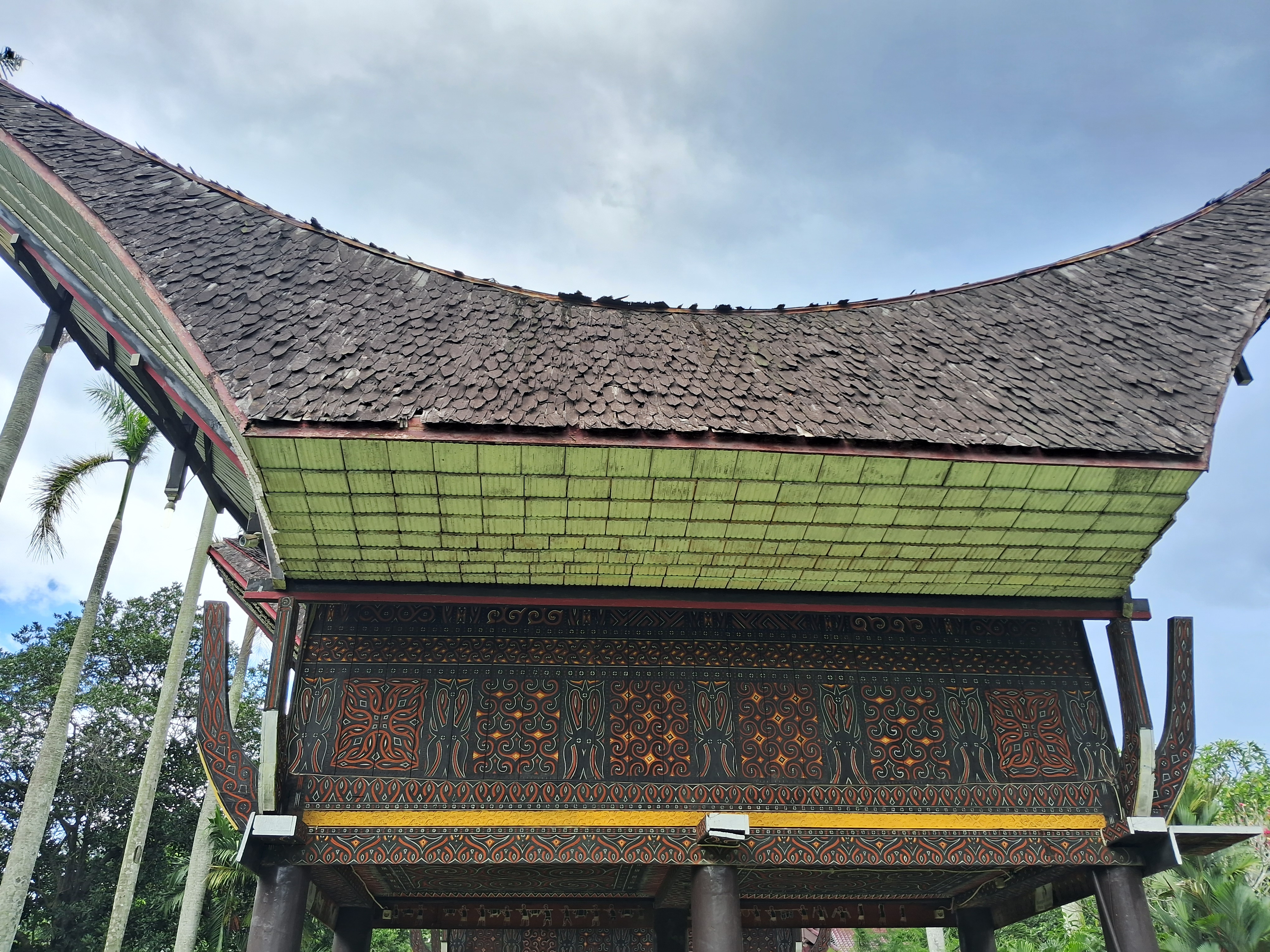
Picture by Nurdiani Latifah

About Author
Posted Using INLEO